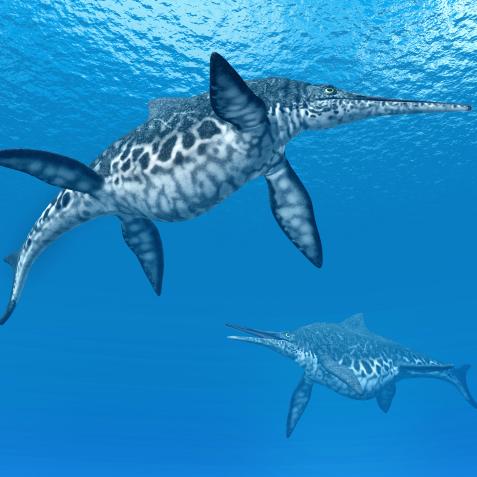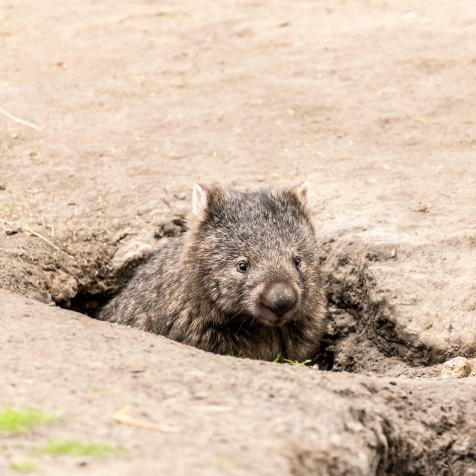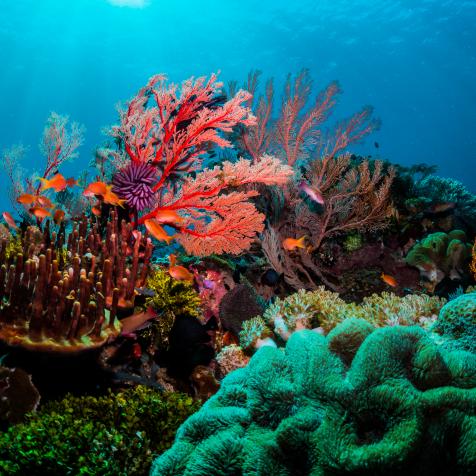
suefeldberg
Maine: The Battleground for Preserving America's Wildlife
A whopping 55 species are under threat in Maine, and this is the story of the scientists trying to save them.
In 1975, Maine passed an endangered species act in response to concerns that a number of wildlife were in danger of completely disappearing from the state. Unfortunately, decades later, there are still tens of animals who are at risk of going extinct – according to the Maine Department of Inland Fisheries and Wildlife, there are 22 endangered and 23 threatened species. There are also a further 158 species of “special concern”, many of which require intensive monitoring and management.
Scientists and biologists are fervently monitoring these species, which include spotted turtles, marsh birds, New England cottontail rabbits, and the piping plover – to name a few.
It’s a tough battle against a lack of financial resources, invasive species, urban development, disease, and climate change.
New England Cottontails

Greg Nadeau / EyeEm
One species that is particularly suffering from habitat loss is the cottontail, which needs thickets to survive as the scrubland protects them from overhead predators. Just 300 of the species remain in southern Maine, and as a result, landowners are working with state agencies to create sanctuaries for the rabbits to ensure their survival.
“It’s a kind of habitat that you can’t passively protect,” Charlie Todd, a biologist at the state’s wildlife department told the Bangor Daily News. “The land needs to be actively managed.”
Preserving Native Plants

Cavan Images
But not only are animals under threat, plants are suffering too. Invasive species are endangering up to 350 species of plants, which have been part of long-established ecosystems across Maine. Several of these species are “critically imperiled”, meaning just a few of the plants are known to exist.
One botanist, Arthur Haines, has such a wide repertoire that he can identify more than 2,000 of the plant species that are native to Maine.
Haines, who works for the non-profit Native Plant Trust, is part of a team hoping to save the native plants by preserving their habitats and collecting their seeds to be saved and stored.
An area that is proving key to reviving endangered plant species is Coffin Wild Flower Reservation, which is 177 acres large and home to dozens of rare plant species.
“The seed bank is, basically, an insurance policy for those rare and endangered species,” Michael Piantedosi, the Native Plant Trust’s director told the Maine Public. “It is the reserve that we would use in the event of a catastrophic event.”
And helping save the plant species has a knock-on effect in positively impacting birds and insects that are disappearing, too.
Rise of Bald Eagles

Carl D. Walsh / Aurora Photos
It’s not all bad news, though. The state had notable success in 2009, when the bald eagle, formerly on the brink of extinction in the 1960s thanks to use of a pesticide that weakened the shell of their eggs, was delisted. There are now more than 500 nesting pairs of the species in Maine.
However, funding remains an issue when it comes to protecting biodiversity and reversing declining trends.
“The lack of predictable funding and ability to acquire needed match for federal funds, continues to hamper our ability to ensure the long-term viability of Maine's most vulnerable species,” said a spokesperson for the government.


















